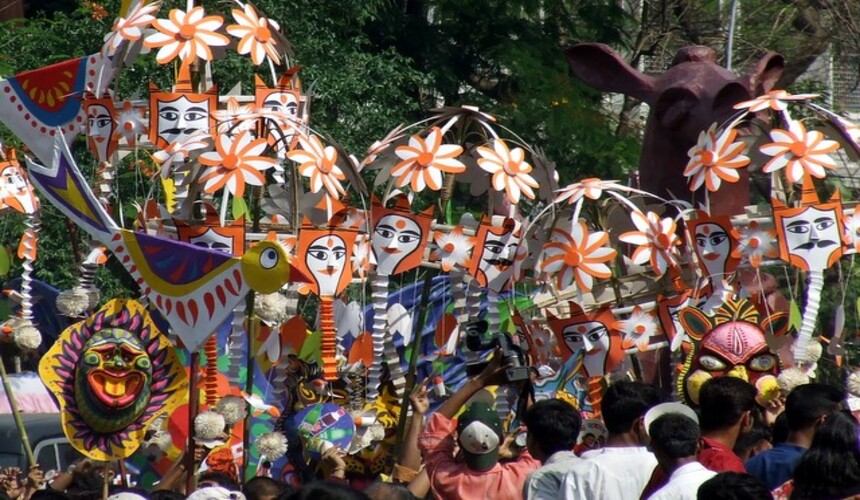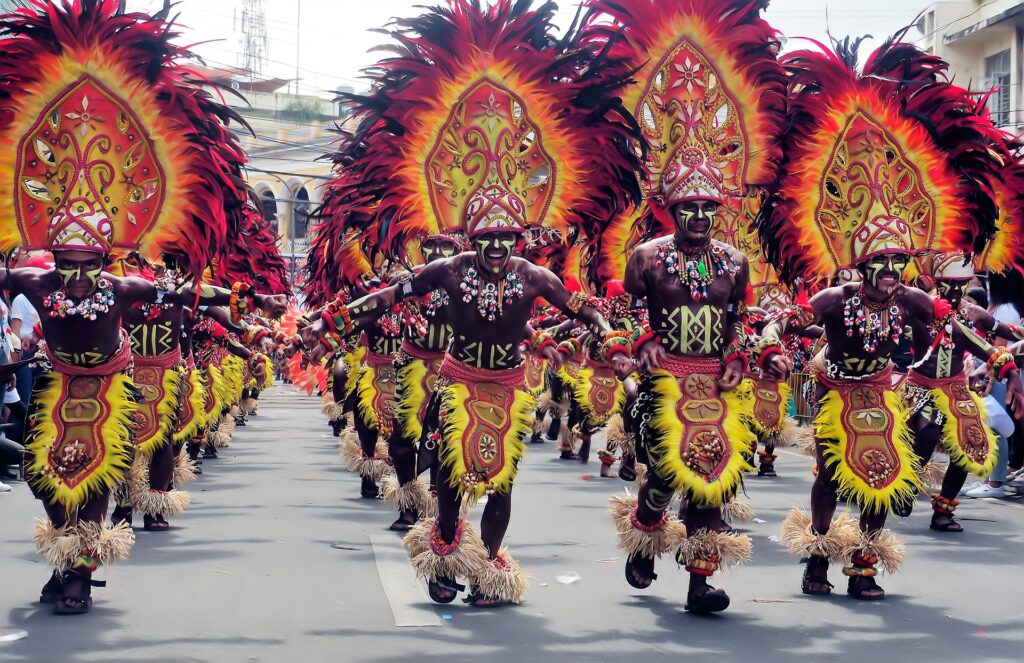Asia is a continent rich in cultural diversity, and one of the best ways to experience this diversity is by immersing yourself in the vibrant and colorful traditional festivals that take place throughout the region. From ancient rituals to modern celebrations, traditional festivals offer a unique glimpse into the customs, beliefs, and values of the people who call Asia home. Join us as we explore some of the most fascinating and captivating traditional festivals in Asia, each with its own rich history and significance.

Experiencing Local Culture: Traditional Festivals in Asia
Asia throbs with the rhythm of vibrant cultures and ancient traditions. Throughout the year, a kaleidoscope of festivals explodes across the continent, offering a glimpse into the soul of each place. These celebrations are more than just entertainment; they’re a chance to connect with the locals, immerse yourself in their customs, and create memories that will last a lifetime.
- Songkran (Thailand) Songkran, also known as the Thai New Year, is celebrated with great enthusiasm and joy throughout Thailand. This three-day festival, which usually takes place in April, is marked by water fights, street parties, and religious ceremonies. Songkran is a time for cleansing and renewal, with water symbolizing purification and the washing away of sins and bad luck. Visitors can join in the fun by splashing water on each other and taking part in traditional rituals such as the pouring of scented water over Buddha statues.
- Diwali (India) Diwali, also known as the Festival of Lights, is one of the most important and widely celebrated festivals in India. Held annually between October and November, Diwali marks the victory of light over darkness and good over evil. During the festival, homes and streets are adorned with colorful decorations, oil lamps, and fireworks. Families come together to pray, exchange gifts, and feast on traditional sweets and delicacies. Diwali is a time for joy, generosity, and spiritual reflection, and is celebrated by people of all faiths across India.
- Lunar New Year (China) The Lunar New Year, also known as Chinese New Year, is the most important festival in China and other Asian countries with significant Chinese populations. Celebrated in late January or early February, the Lunar New Year marks the beginning of the lunar calendar and is a time for family reunions, feasting, and traditional customs. Festivities include lion and dragon dances, fireworks, temple visits, and the giving of red envelopes filled with money for good luck. Each year is associated with one of the 12 animals of the Chinese zodiac, and the festival is steeped in symbolism and superstition.
- Holi (India) Holi, also known as the Festival of Colors, is a joyous and colorful celebration that takes place in India and other parts of South Asia. Held in March, Holi marks the arrival of spring and the triumph of good over evil. The highlight of the festival is the throwing of colored powders and water at friends, family, and strangers alike, creating a riot of color and laughter. Holi is a time for forgiveness, reconciliation, and the renewal of friendships, and is celebrated with music, dance, and traditional sweets.
- Obon (Japan) Obon is a traditional Buddhist festival celebrated in Japan to honor the spirits of deceased ancestors. Held in mid-August, Obon is a time for families to come together and pay their respects to their loved ones through prayers, offerings, and rituals. The festival is marked by the lighting of lanterns, the burning of incense, and the performance of traditional dances such as the Bon Odori. Obon is also a time for feasting and merrymaking, with street fairs, fireworks displays, and cultural events held throughout Japan.
- Vesak (Sri Lanka) Vesak, also known as Buddha Day, is the most important festival in the Buddhist calendar and is celebrated in Sri Lanka and other Buddhist-majority countries. Held in May, Vesak commemorates the birth, enlightenment, and death of the Buddha. The festival is marked by colorful processions, the lighting of lanterns, and the decoration of temples with flowers and flags. Buddhists also engage in acts of charity, such as giving alms to the poor and needy, and meditate on the teachings of the Buddha.
- Navratri (India) Navratri, meaning “nine nights,” is a Hindu festival celebrated in India and other parts of South Asia in honor of the divine feminine. Held in September or October, Navratri is dedicated to the worship of the goddess Durga and her various incarnations. The festival is marked by colorful processions, music, dance, and the performance of traditional rituals such as the Garba and Dandiya Raas dances. Navratri is a time for spiritual devotion, purification, and self-discipline, and is celebrated with great fervor and devotion by Hindus around the world.
- Boryeong Mud Festival (South Korea) The Boryeong Mud Festival is a unique and quirky festival held annually in Boryeong, South Korea. The festival, which takes place in July, celebrates the therapeutic properties of mud and attracts millions of visitors from around the world. Participants can enjoy mud wrestling, mud slides, and mud baths, as well as live music, food stalls, and cultural performances. The Boryeong Mud Festival is a fun and lighthearted event that offers a welcome escape from the summer heat and a chance to embrace the playful side of Korean culture.
- Lantern Festival (Taiwan) The Lantern Festival, also known as Yuanxiao Festival, is a traditional Chinese festival celebrated on the 15th day of the Lunar New Year. Held in February or March, the Lantern Festival marks the end of the Chinese New Year celebrations and is a time for families to come together and enjoy the beauty of illuminated lanterns. Festivities include lantern displays, lantern riddles, and the release of sky lanterns into the night sky. The Lantern Festival is a magical and enchanting event that symbolizes hope, happiness, and prosperity for the year ahead.
- Loy Krathong (Thailand) Loy Krathong is a Thai festival celebrated annually on the full moon night of the twelfth lunar month. The festival, which usually falls in November, is a time for Thais to pay homage to the goddess of water and ask for forgiveness for any harm they have caused to the rivers and waterways. Participants release krathongs, or small decorated floats, into rivers and lakes, along with candles, incense, and flowers, as a way of giving thanks and making wishes for the future. Loy Krathong is a beautiful and serene festival that celebrates the natural beauty of Thailand’s waterways and fosters a sense of harmony and gratitude among its people.
Traditional festivals in Asia offer a fascinating insight into the rich cultural heritage and diversity of the continent. From ancient rituals and religious ceremonies to colorful celebrations and joyful gatherings, these festivals are a testament to the values, beliefs, and traditions that have shaped Asian societies for centuries. So why not immerse yourself in the sights, sounds, and flavors of traditional festivals in Asia and experience the magic and wonder of these vibrant cultural celebrations firsthand?




